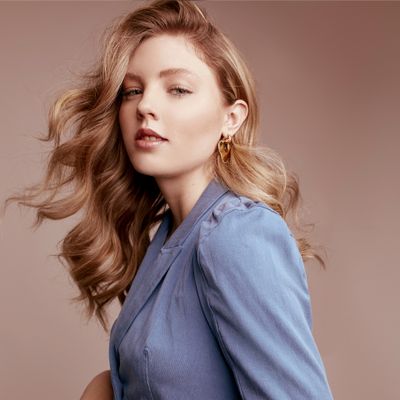The movies are about creating a world for viewers to get lost in. The set design and the styling of the production needs to not only draw you in, but show you what is possible in this world. Costume design whispers small details about the characters to you, making them feel like old friends in the span of a couple hours. This task becomes even more important when the world being built is beyond our day-to-day imagination.
Tim Burton's Alice in Wonderland (2010) understood the importance of this task. Equipped with renowned costume designer, Colleen Atwood, the movie created a sense of character, development and passage of time for Alice and her fellow characters. In following Alice's costumes, they reveal her arc and engage you in her battle.
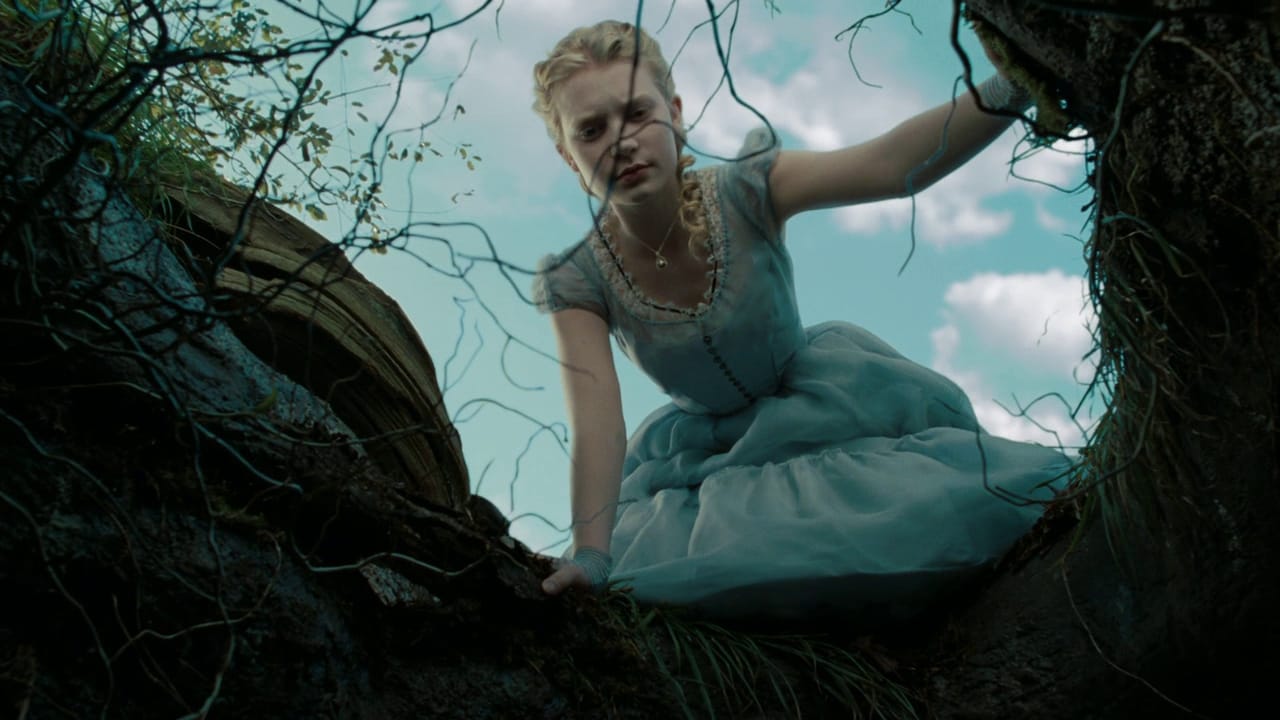
Alice first appears in a more mature version of her classic blue dress. This costume establishes her as still somewhat childlike, holding on to her forgotten adventures in Wonderland. The soft blue is youthful and innocent, revealing her current naivety.
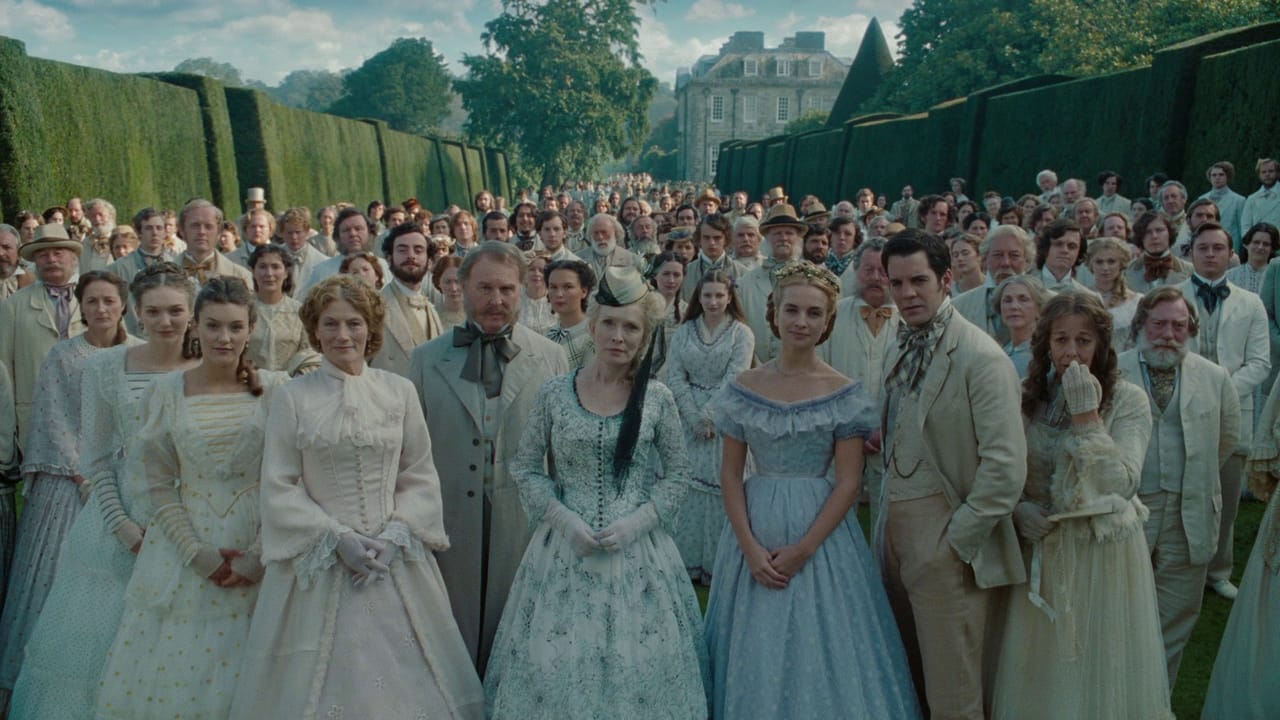
Compared with the costumes of the attendees for her surprise engagement part, Alice is somewhere between conformity and individuality. The guests wear similar shades of blue, creating a sea of sameness that she could fit into, however their dress is more mature. Her continued child-like curiosity sets her apart from the people that surround her. The costumes also set the tale historically with classic late 1860s silhouettes.
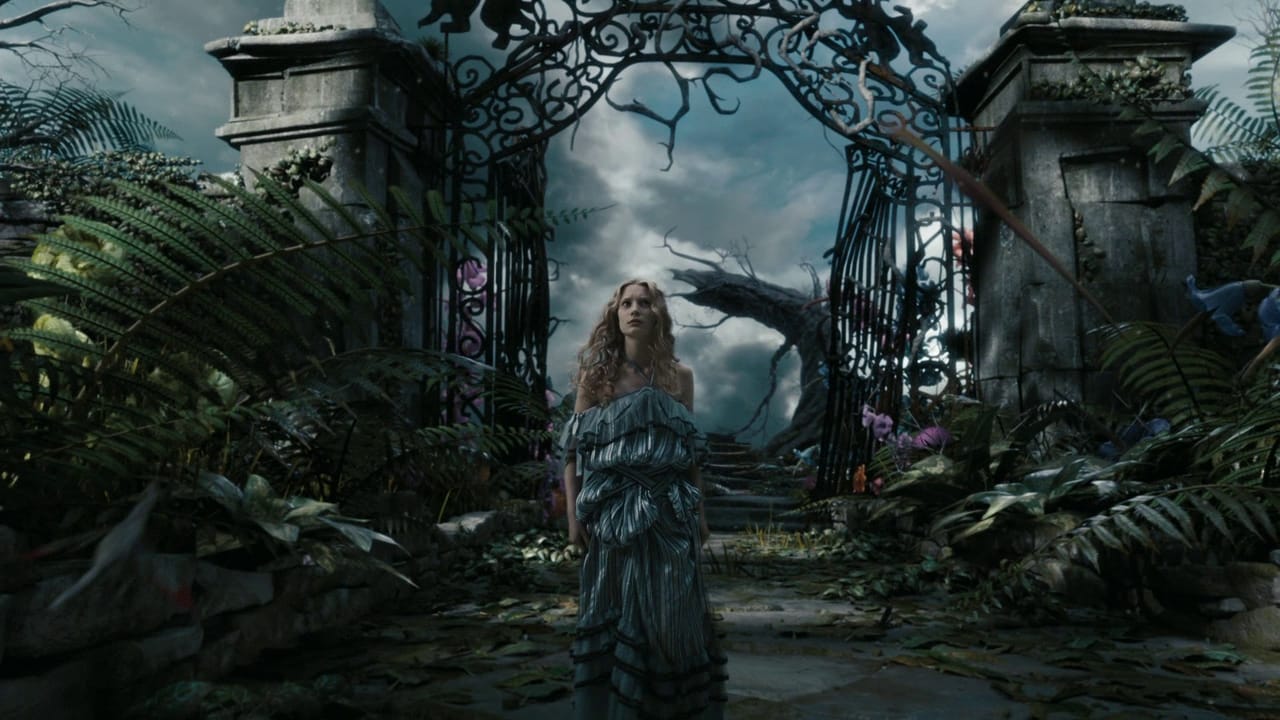
After tumbling down the rabbit hole, Alice eats the cake that makes her bigger and drinks the potion that makes her smaller, finally fitting through the small door that leads to wonderland. Her clothes, however, did not follow suit and remained the same size and she is left with configuring a make-shift dress from the remaining fabric. This first costume in Wonderland creates a break between where she was and where she is. This is a new world where more things are possible. She no longer needs to adhere to 1860s formfitting attire. When given the choice, she creates something billowing and loose.
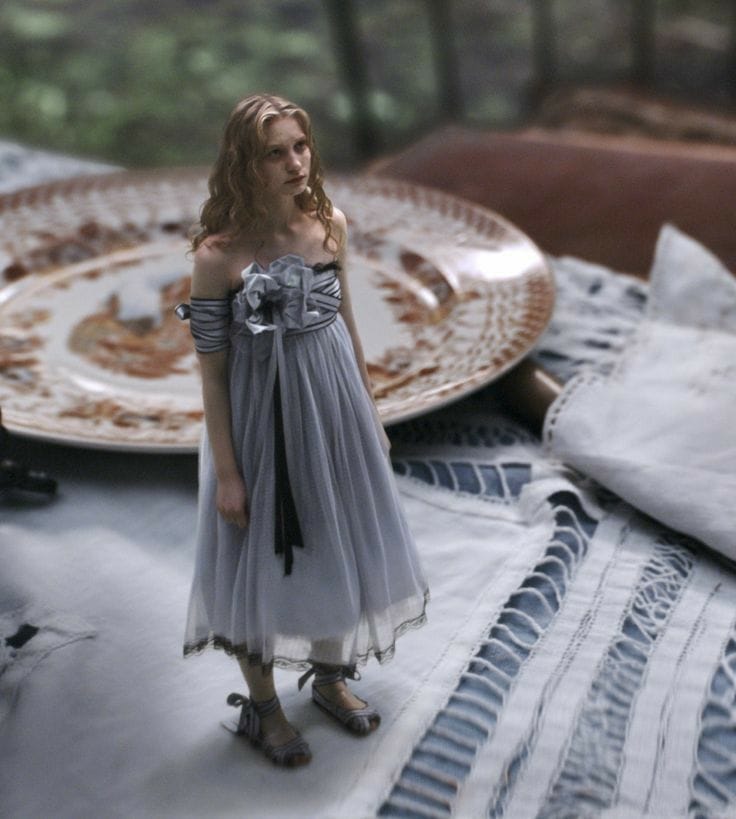
Shortly after, she is taken to the Mad Hatter. When the Red Queen's guards show up for the tea party, Alice must hide. The Hatter gives her more potion to shrink smaller so that she is able to fit in a teapot. Her make-shift dress is now too big, but the Hatter quickly improvises a new version for her. This version somewhat resembles her own attempt in a more refined silhouette. The dress remains flowy but takes on a babydoll style befitting of her current stature.
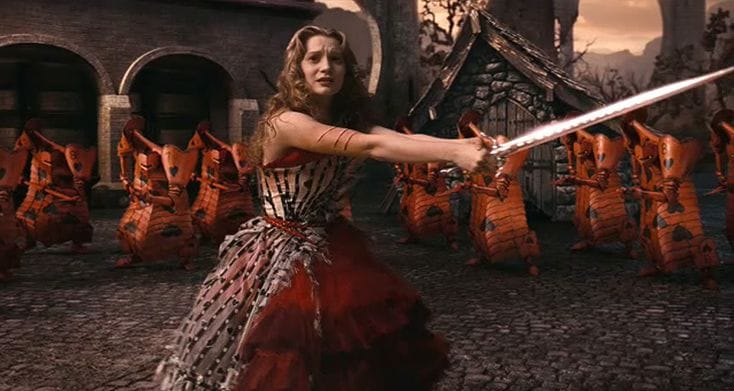
After the tea party, the Hatter and Alice begin their journey to the White Queen, however they are intercepted by the Red Queen's guard. Alice makes it out without the Hatter, who is taken as prisoner to the Red Queen. Alice follows to make a rescue attempt and finds the white rabbit that led her down the rabbit hole. He offers her some cake to grow her back to normal size, but she eats too much. The Red Queen discovers her and is pleased with her abnormally large size, makes her a part of her court and orders her a dress to be made. This dress harkens on classic Tim Burton style, showing that Alice is now in too deep, fully immersed in his world.
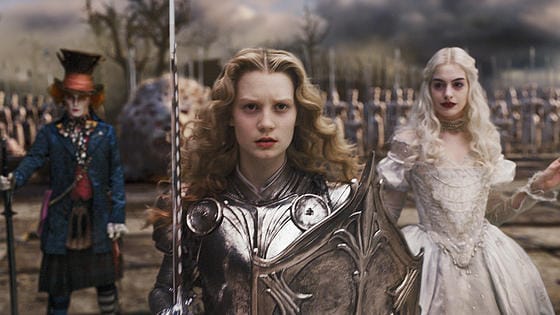
Finally, the big battle arrives and it is time for Alice to let go of her innocence to brave her challenges. Her costume leaves behind the soft blues for a silver suit of armour. Ornately detailed with her hair flowing free, she invokes Joan of Arc. No more frilly dresses and soft fabrics, her costume is hardened and bold just as she needs to be in this moment.
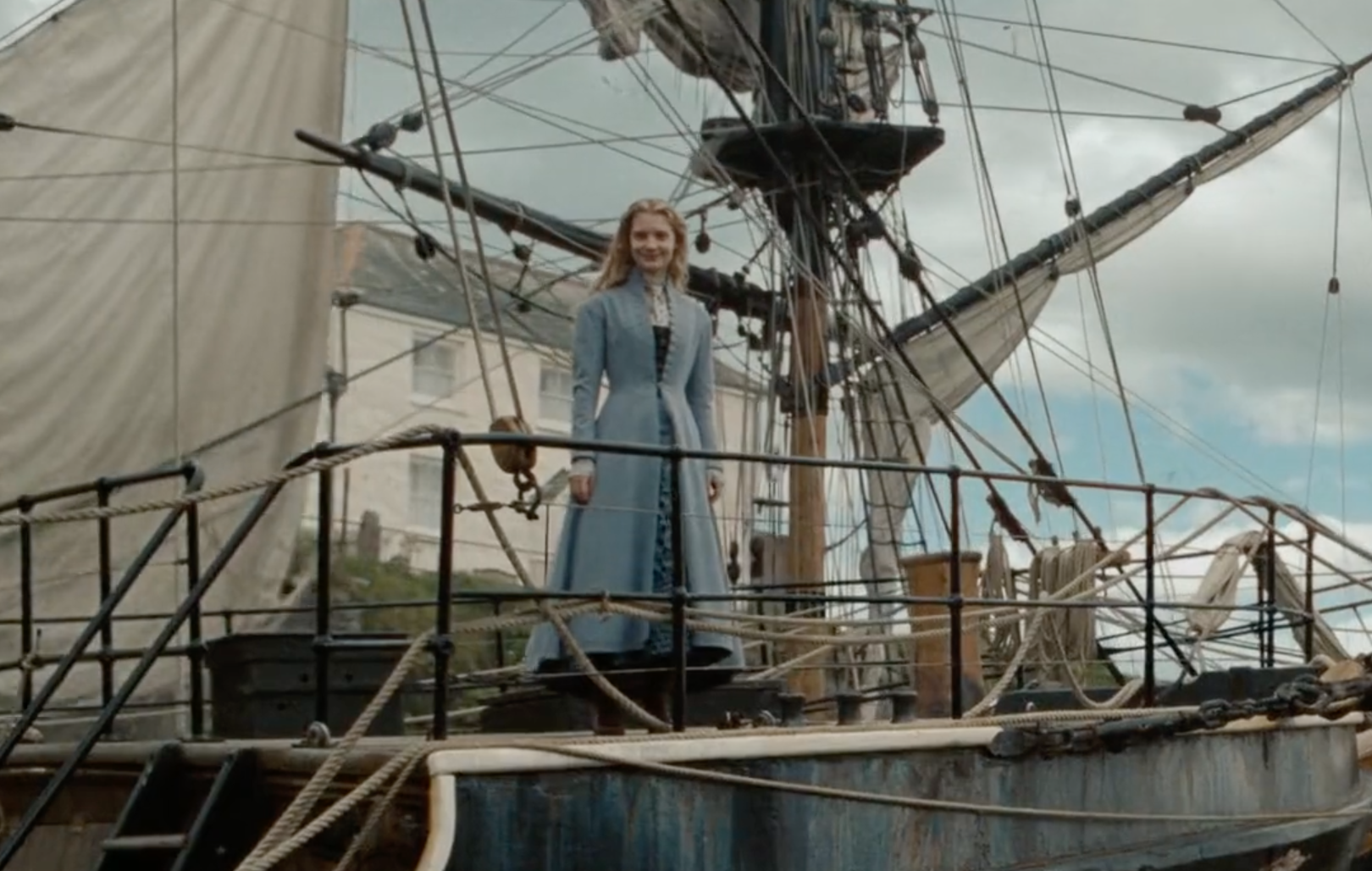
After returning to her own world and facing the challenges she had been avoiding, it is time for Alice to find new adventures. Her final costume has her back in blue, only this time the hue is slightly more vibrant and the silhouettes is tailored and striking. Her Wonderland suit of armour is translated to the real world as she takes on her freedom and independance.
Costuming is a sly device in storytelling. It supports the plot and weaves its own subplots, creating smaller stories within the larger ones. Styling is a tool of communication, moving in subtext and subtle nods. What do you want to say? How will your character be reflected in your wardrobe?
Styling can also be a conduit for discovery, allowing you to explore pieces of yourself you have not yet met. Our Alice in Wonderland photoshoot experience invites you to discover the whimsical side of creativity. Join us at the Merrill House for an enchanting photoshoot experience complete with afternoon tea.
Read more and sign up below:
.png)
